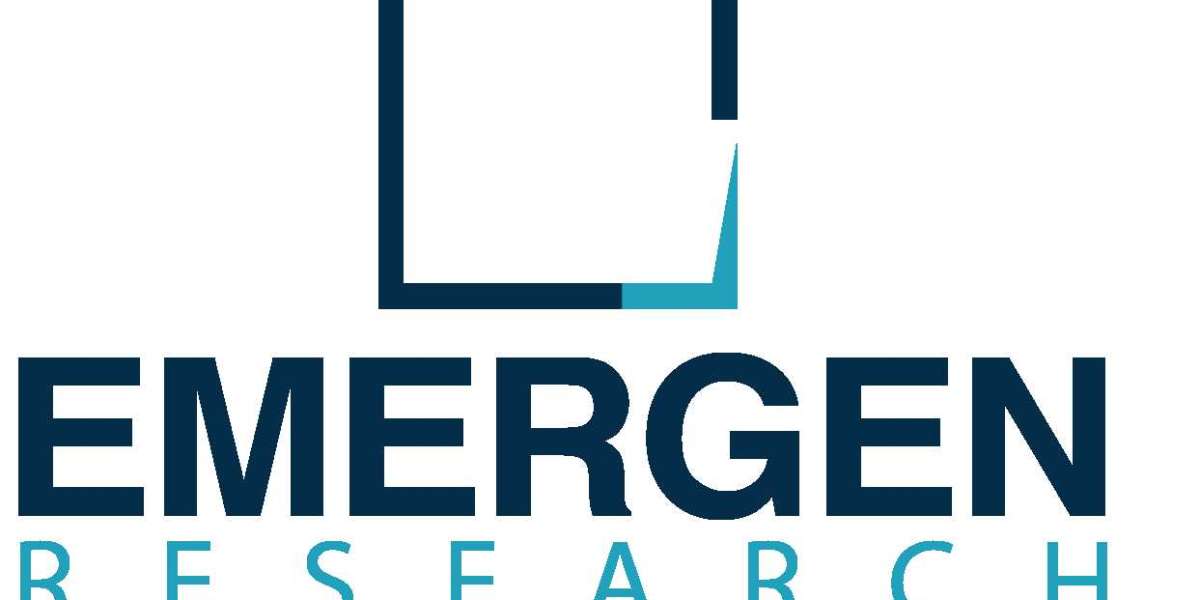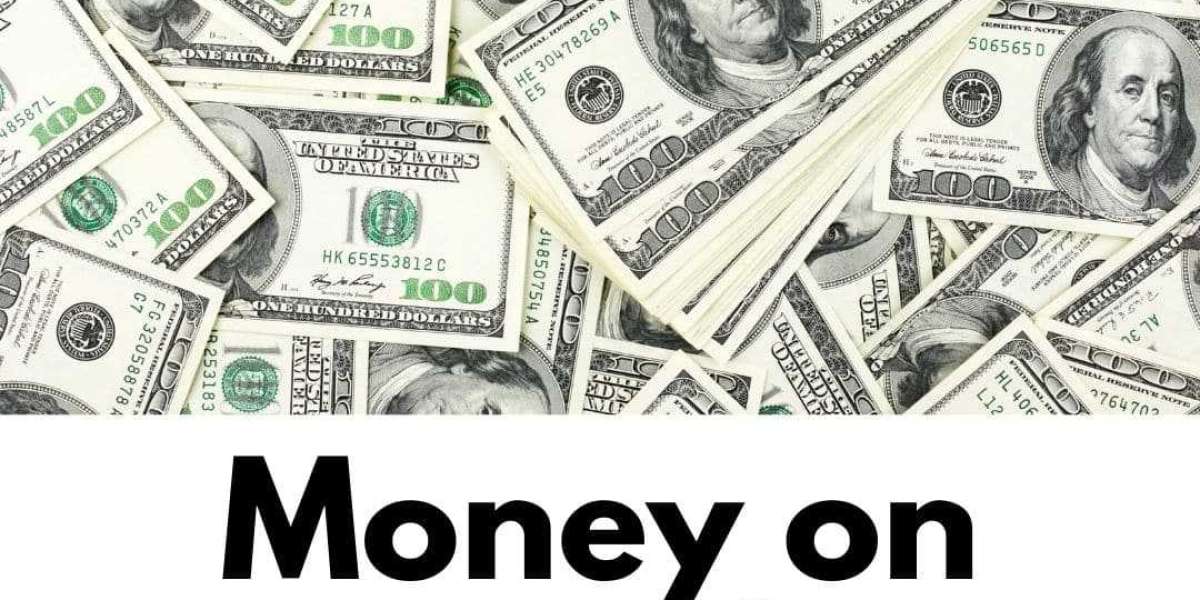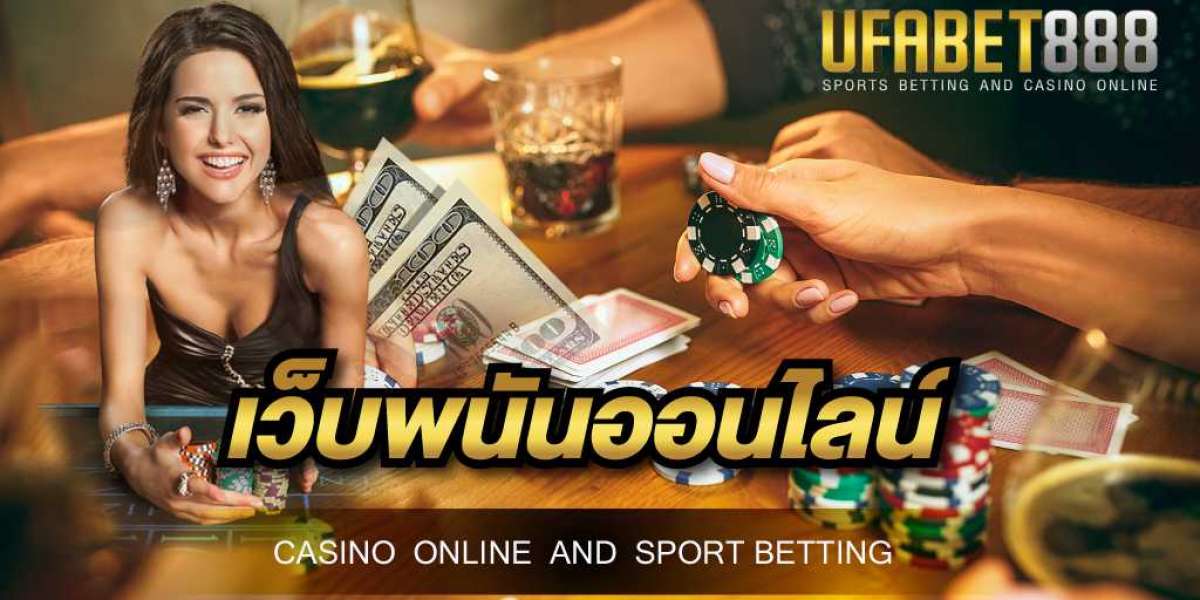At-home Self-testing has the ability to improve health equity and accelerate progress toward universal health coverage, and it has the capacity to alter health care. Self-testing alternatives provide individuals and communities with simple, quick, and private means to diagnose and treat a rising range of diseases, including HIV, hepatitis C, COVID-19, and, most recently, syphilis. People can now direct their own illness screening and make decisions based on their results safely, effectively, securely, and conveniently thanks to the introduction of more accessible and affordable self-tests and the expanding self-care movement.
At-home Self-testing Kit Manufacturers – Current Market Landscape
Currently, more than 650 at-home self-testing kits are available worldwide and are approved by regulatory authorities. The market is highly fragmented, featuring the presence of both new entrants and established players, based in different geographical regions.
At-home Self-testing Kits – Market Overview
During our research, we found out that most of the at-home self-testing kits are developed in the form of strips; these strips are primarily used for monitoring diabetes and are approved by various regulatory authorities, such as the USFDA, ISO and IVD.
At-home Self-testing Kits – Grants Analysis
Several organizations have extended support to aid research efforts in this domain. Over 1,100 academic grants have also been awarded to several organizations to financially support the ongoing efforts for research and innovation in this domain.
At-home Self-testing Kits – Demand Analysis
The existing capacity is sufficient to meet the current global annual demand; we anticipate that players will continue to invest in building incremental capacity to meet the long-term expectations to meet the rising demand.
At-home Self-testing Kits – Market Forecast and Opportunity Analysis
In the long-term, the overall projected opportunity is likely to be well distributed across key market segments, including therapeutic area and geographical regions; the market is expected to grow at a CAGR of ~8% by 2035.
Conclusion:
Driven by the increasing shift towards self-testing, the advent of innovative at-home testing kits has opened the doors to wider range applications including screening of infectious diseases such as malaria, syphilis, HPV and influenza. Further, owing to the various advantages offered by the AHST, such as cost effectiveness, the demand for such kits is likely to increase in the coming years.
For additional details, please visit https://www.rootsanalysis.com/blog/at-home-self-testing-a-giant-leap-towards-transformation-in-diagnostic-sector/ or email [email protected]
You may also be interested in the following titles:
- Smart Labels Market: Industry Trends and Global Forecasts, 2022-2035
- AI-based Digital Pathology / AI Pathology Market: Industry Trends and Global Forecasts, 2022-2035
About Roots Analysis
Roots Analysis is a global leader in the pharma / biotech market research. Having worked with over 750 clients worldwide, including Fortune 500 companies, start-ups, academia, venture capitalists and strategic investors for more than a decade, we offer a highly analytical / data-driven perspective to a network of over 450,000 senior industry stakeholders looking for credible market insights.
Contact:
Ben Johnson
+1 (415) 800 3415
[email protected]








